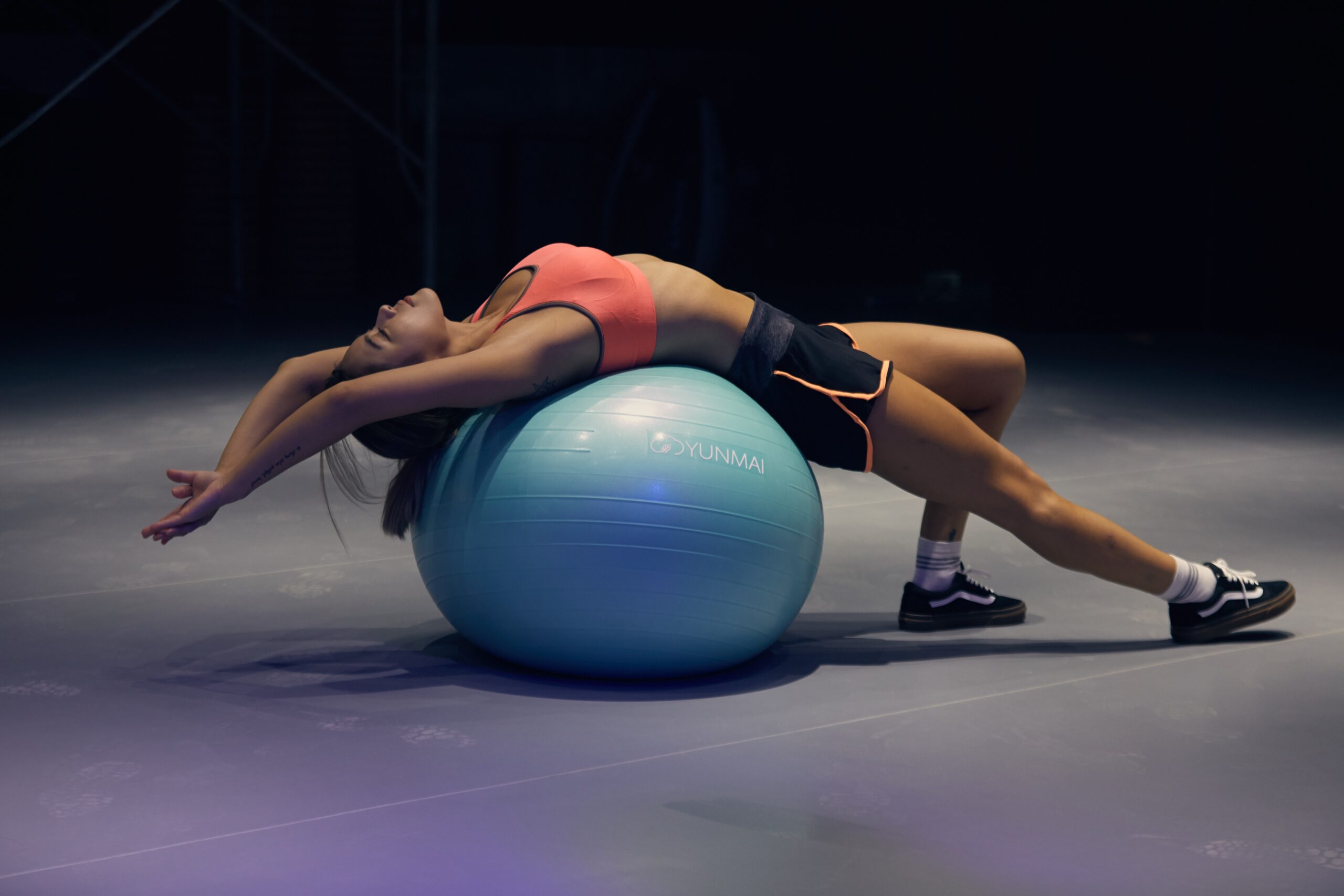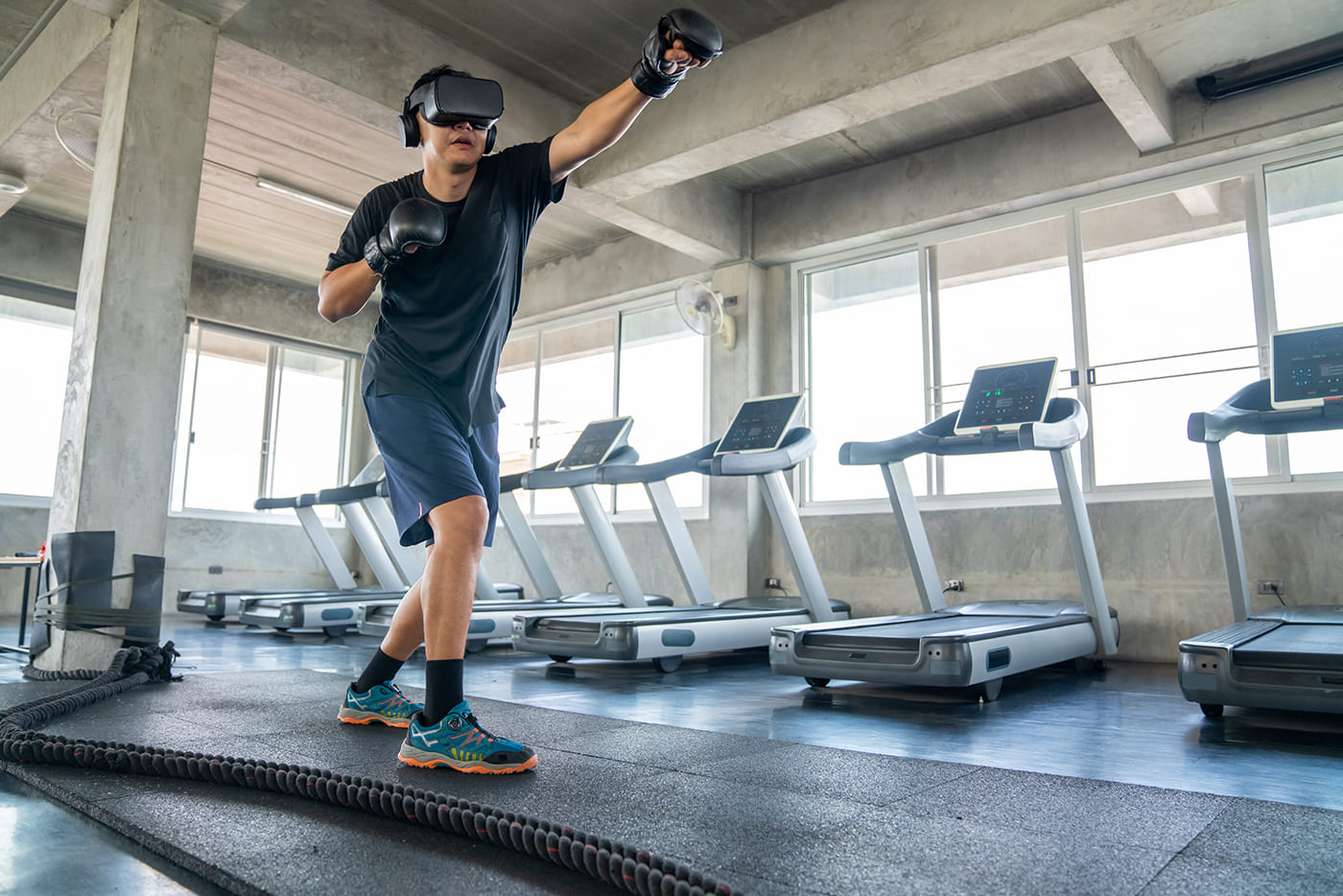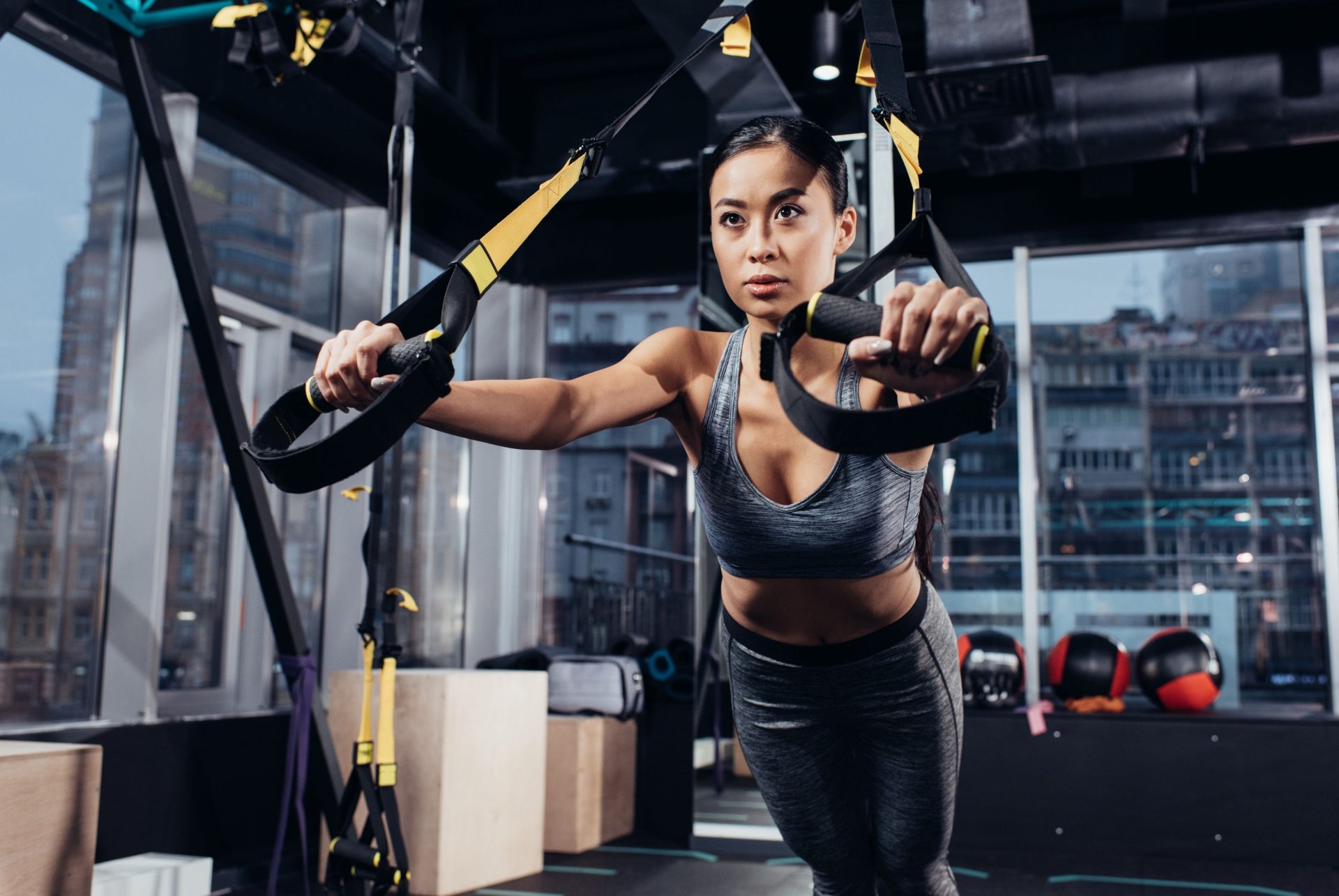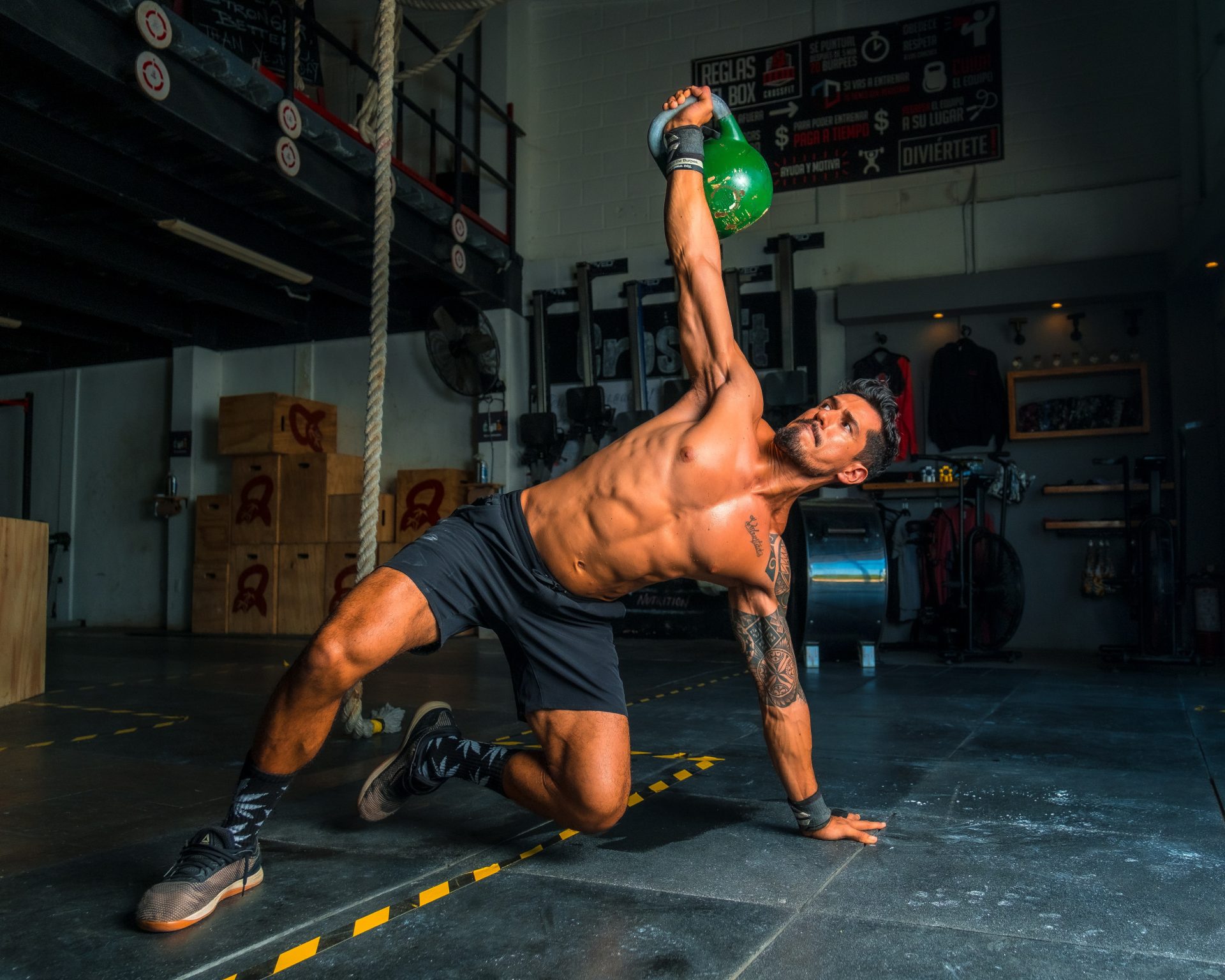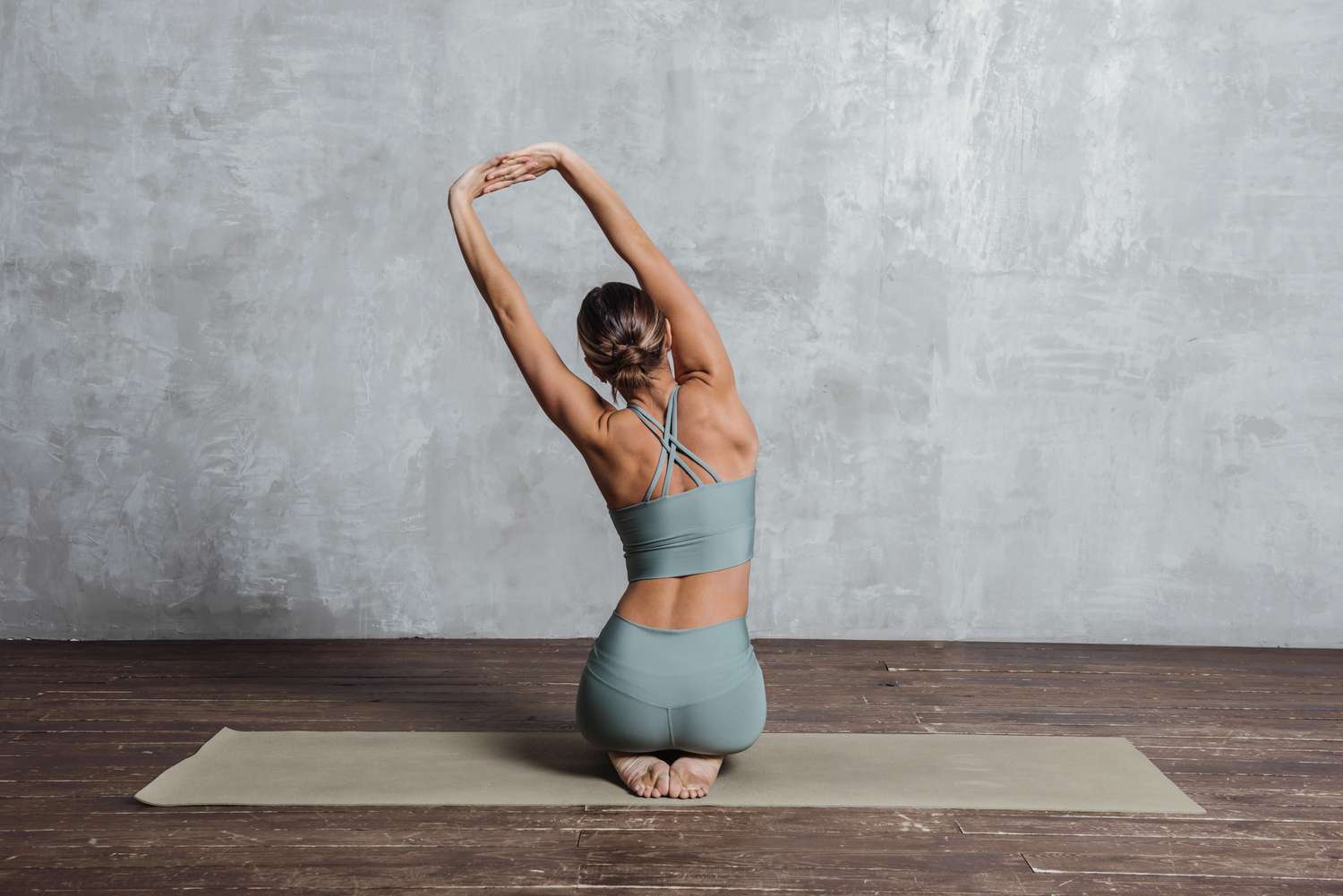Creating a full-body workout with just a stability ball is a smart and efficient way to get fit. You can effectively target your core, arms, legs, and back using this one versatile piece of equipment. Whether you’re at home or in the gym, stability ball exercises can enhance strength, balance, and coordination, making your workouts more dynamic and enjoyable.
Incorporating stability ball movements into your regimen can also offer additional benefits. These exercises not only improve your overall muscle tone but also enhance your joint stability and mobility. You will find that even simple movements can challenge your body in new ways, making it an effective option for all fitness levels.
As you explore the possibilities of stability ball workouts, you’ll discover exercises that are both fundamental and advanced, tailored to your skills. With the right guidance, you can easily integrate these exercises into your routine and experience a comprehensive workout that encourages progress.
Key Takeaways
- Stability ball workouts engage multiple muscle groups for a full-body challenge.
- You can adapt exercises for different skill levels using a stability ball.
- These routines improve core strength and overall balance.
Benefits of Stability Ball Workouts
Using a stability ball in your workouts offers several advantages. It can enhance your core strength, improve your balance and coordination, and increase muscle endurance and flexibility. These benefits contribute to a more effective full-body workout.
Enhancing Core Strength
One of the main benefits of stability ball workouts is their ability to strengthen your core muscles. The instability of the ball forces your body to engage various core muscles, including the abdominals, obliques, and lower back.
Exercises like stability ball planks and crunches require you to stabilize yourself while moving. This added challenge helps develop deeper muscle fibers that are often neglected in traditional workouts. Regularly incorporating these exercises can lead to a stronger core, which is crucial for maintaining good posture and preventing injuries.
Improving Balance and Coordination
Stability balls are excellent for boosting your balance and coordination. When you perform exercises on the ball, your body must constantly adjust to maintain stability. This engages your stabilizing muscles.
Exercises such as stability ball squats or seated ball marches require coordination between your arms, legs, and core. Improved balance can enhance your performance in other sports and daily activities. Additionally, better coordination helps reduce the risk of falls and injuries, making stability ball workouts beneficial for all fitness levels.
Increasing Muscle Endurance and Flexibility
Using a stability ball can also increase your muscle endurance and flexibility. Many stability ball exercises engage multiple muscle groups simultaneously, allowing you to work harder for longer periods.
For instance, performing a stability ball wall squat can challenge your legs while activating your core. This combination can lead to improved endurance over time.
Flexibility is enhanced through movements that require stretching and reaching. Engaging in exercises like the stability ball back stretch can help elongate muscles and promote a greater range of motion, which is essential for overall fitness.
Fundamental Stability Ball Exercises
Stability ball exercises are excellent for engaging multiple muscle groups while improving balance and flexibility. Here are three fundamental exercises that will help you build strength and tone your body.
Stability Ball Squat
To perform the stability ball squat, place the ball against a wall and position your back against it. Stand with your feet shoulder-width apart. As you lower your body into a squat, keep the ball in contact with your back. Aim to lower until your thighs are parallel to the floor. This exercise targets your quads, hamstrings, and glutes.
Tips:
- Keep your knees aligned with your toes to avoid strain.
- Push through your heels to rise back up.
Start with two sets of 10-15 repetitions. This approach helps improve your leg strength and stability.
Stability Ball Chest Press
For the chest press, lie back on the stability ball, ensuring your head and neck are supported. Position your feet flat on the ground, and lift a pair of dumbbells to shoulder height. Slowly press the weights upward until your arms are fully extended. Make sure to engage your core throughout the movement.
Tips:
- Keep your elbows slightly bent to protect your joints.
- Lower the weights back to shoulder level before repeating.
Aim for three sets of 8-12 repetitions. This exercise strengthens your chest, shoulders, and triceps.
Stability Ball Hamstring Curl
To perform the hamstring curl, lie on your back with your heels resting on the stability ball. Your arms should be at your sides for support. Lift your hips off the ground, forming a straight line from your shoulders to your feet. Roll the ball towards you by bending your knees, then extend your legs back out.
Tips:
- Keep your core tight to maintain stability.
- Avoid letting your hips drop during the exercise.
Complete two to three sets of 10-15 repetitions. This will effectively target your hamstrings and glutes, enhancing lower body strength and stability.
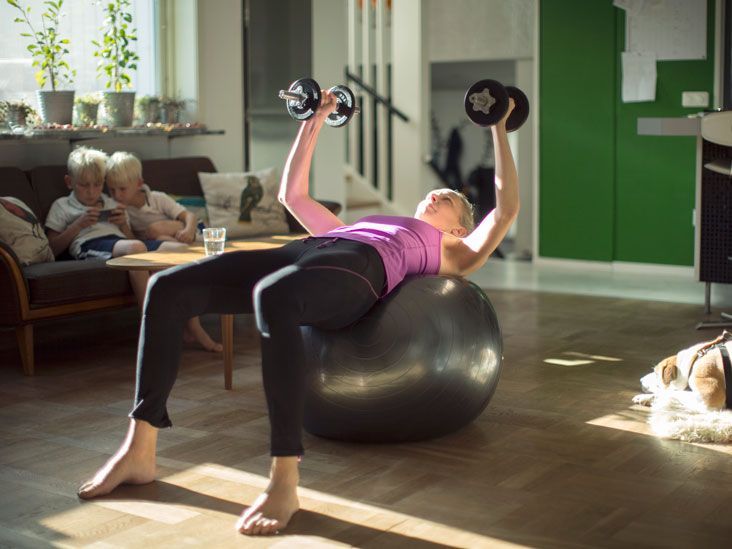
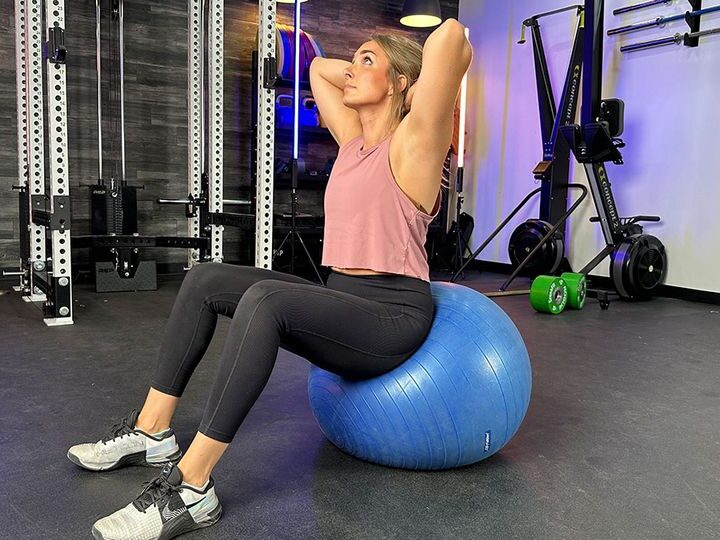
Advanced Stability Ball Movements
Advanced stability ball movements challenge your core and overall strength. Incorporating exercises like the Stability Ball Pike, Stability Ball Bridge, and Stability Ball Jackknife can elevate your workout. These movements engage multiple muscle groups and enhance stability.
Stability Ball Pike
To perform the Stability Ball Pike, start in a plank position with your feet on the ball. Keep your hands directly under your shoulders. Engage your core, and slowly lift your hips toward the ceiling, rolling the ball closer to your hands. Your body should form an upside-down “V” shape at the top position.
Hold for a moment, then lower back to the plank. This movement strengthens your core, shoulders, and hamstrings. Aim for 10-15 repetitions, focusing on control. Avoid arching your back during the lift to ensure proper form.
Stability Ball Bridge
For the Stability Ball Bridge, lie on your back with your heels on the ball and your arms at your sides. Press your heels into the ball and lift your hips. Your body should form a straight line from your shoulders to your knees. Engage your glutes and core throughout the movement.
Hold at the top for a few seconds before lowering back down. This exercise targets your glutes, hamstrings, and lower back. Perform 10-15 repetitions, ensuring you don’t let your hips sag or arch excessively.
Stability Ball Jackknife
To execute the Stability Ball Jackknife, begin in a plank position with your shins resting on the ball. Use your core to pull your knees toward your chest, rolling the ball forward. Your hips should rise while keeping your arms straight. Hold briefly before returning to the start.
This exercise is effective for building core strength, as it challenges your balance and stability. Aim for 10-15 reps, focusing on smooth movements. Maintain a steady breath and avoid swinging your legs to keep the exercise controlled.
Core-Focused Stability Ball Routines
Core-focused routines are essential for building stability and strength. Utilizing a stability ball enhances your workout by engaging multiple muscle groups, especially your core. Here are three effective exercises to incorporate into your routine.
Stir The Pot Exercise
The Stir The Pot exercise is excellent for targeting your transverse abdominals and improving core stability. Start on your knees with your forearms resting on the stability ball. Your body should form a straight line from your head to your knees.
Begin to move the ball in a circular motion, making small clockwise and counterclockwise circles. Ensure that you keep your core engaged and your hips stable to prevent sagging. Perform this exercise for 30 seconds to one minute, resting as needed. This movement challenges your stability and helps strengthen your entire core area.
Stability Ball Plank
To perform the Stability Ball Plank, place your forearms on the stability ball and extend your legs behind you. Your body should create a straight line from head to heels. Make sure your core is tight and your hips are not sagging.
Hold this position for 20 to 60 seconds, focusing on maintaining balance. The instability of the ball forces your core muscles to work harder, enhancing your overall strength and stability. You can modify this exercise by allowing your knees to touch the floor if you need support.
Stability Ball Crunch
The Stability Ball Crunch is great for targeting your abs. Sit on the ball and walk your feet forward until your lower back rests on the ball with your knees bent at a 90-degree angle. Place your hands behind your head or crossed over your chest.
Engage your core as you lift your upper body off the ball. Focus on bringing your ribcage toward your pelvis rather than pulling on your neck. Aim for 10 to 15 reps, ensuring each crunch is slow and controlled for maximum effectiveness. This exercise will help strengthen your entire core and improve muscle tone.
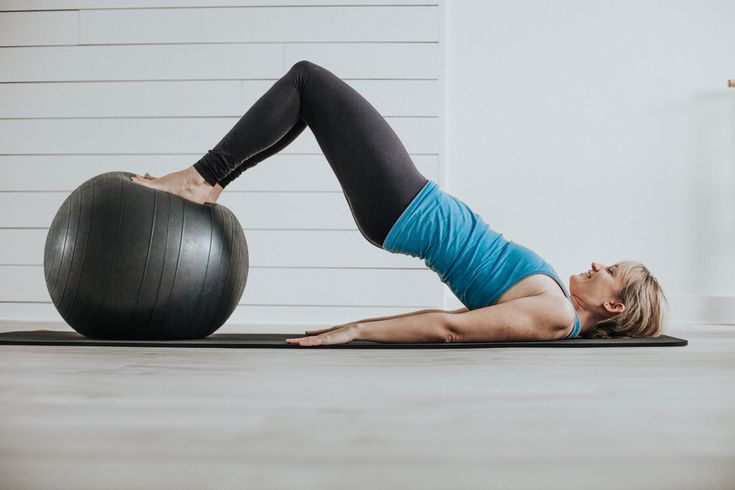
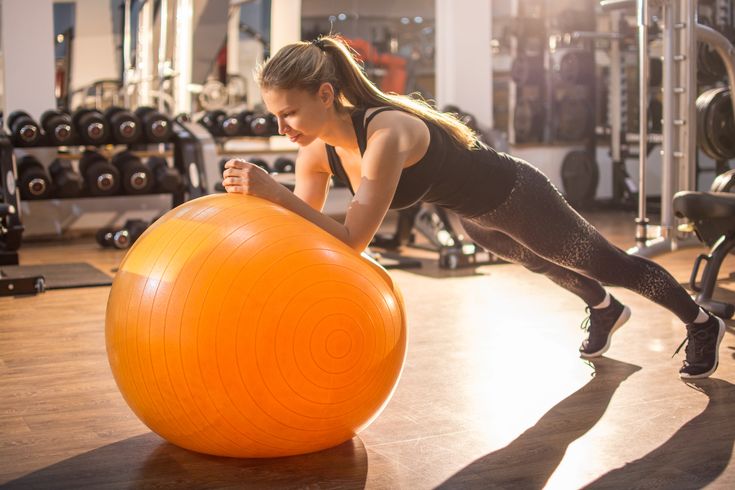
Integrating Stability Ball Training into a Full-Body Regimen
Incorporating a stability ball into your fitness routine can enhance your full-body workouts. This approach promotes strength training, mobility, and better posture through engaging various muscle groups.
Workout Structure and Progression
To effectively use a stability ball, you should design a balanced workout that targets your major muscle groups. Start with a warm-up to prepare your body. You can include light cardio and dynamic stretches.
Then, focus on core exercises like stability ball planks and ball passes. These movements activate your pelvic floor and lower back extensors. Next, incorporate upper body exercises such as stability ball push-ups.
For your lower body, try wall squats with the ball. Aim for 3 sets of 10-15 reps for each exercise. Progress gradually by increasing resistance or the duration of each hold. Keep challenging yourself to improve strength and endurance.
Safety Tips and Proper Posture
Using a stability ball requires attention to safety and posture. Always choose the right size ball for your height:
- Up to 5’5″: 55 cm ball
- 5’5″ to 6’0″: 65 cm ball
- 6’0″ and above: 75 cm ball
Ensure that your feet are flat on the ground when sitting or performing exercises.
Maintain a neutral spine throughout your movements to avoid strain. Engage your core to support your lower back during exercises.
If you feel any discomfort in your back or joints, adjust your position or reduce the intensity. Focus on controlled movements to enhance stability and balance while minimizing injury risks.
Frequently Asked Questions
This section answers common questions about using a stability ball for full-body workouts. You’ll find details about exercises, routines, and tips to help you get the most out of your fitness sessions.
What are the best full-body exercises to perform with a stability ball?
Some effective full-body exercises include stability ball squats, push-ups, planks, and Russian twists. Each exercise engages multiple muscle groups, promoting strength and balance.
Can you suggest a routine for a full-body workout using only a stability ball?
You can start with a warm-up, then perform exercises like squats, push-ups, and planks. Aim for three sets of each exercise, resting for 30 seconds in between. Finish with core exercises, such as ball passes or seated ball twists.
How can you incorporate stability ball exercises into a home workout for intermediate fitness levels?
To include stability ball exercises, try setting up a dedicated space at home. Alternate between cardio and strength exercises, using the ball for push-ups, wall sits, and planks to challenge your balance and coordination.
What are effective stability ball exercises for arm strength?
For arm strength, try tricep dips, stability ball push-ups, and ball rolls. These exercises help build muscle in the arms while engaging your core for added stability.
What stability ball exercises target leg muscles effectively?
Target your legs with exercises like stability ball squats, hamstring curls, and lunges. These movements work various leg muscles, including quads, hamstrings, and calves.
How often should a stability ball workout be performed for optimal results?
Aim to perform stability ball workouts two to three times per week. This frequency allows your muscles to recover while still making progress in strength and stability.
